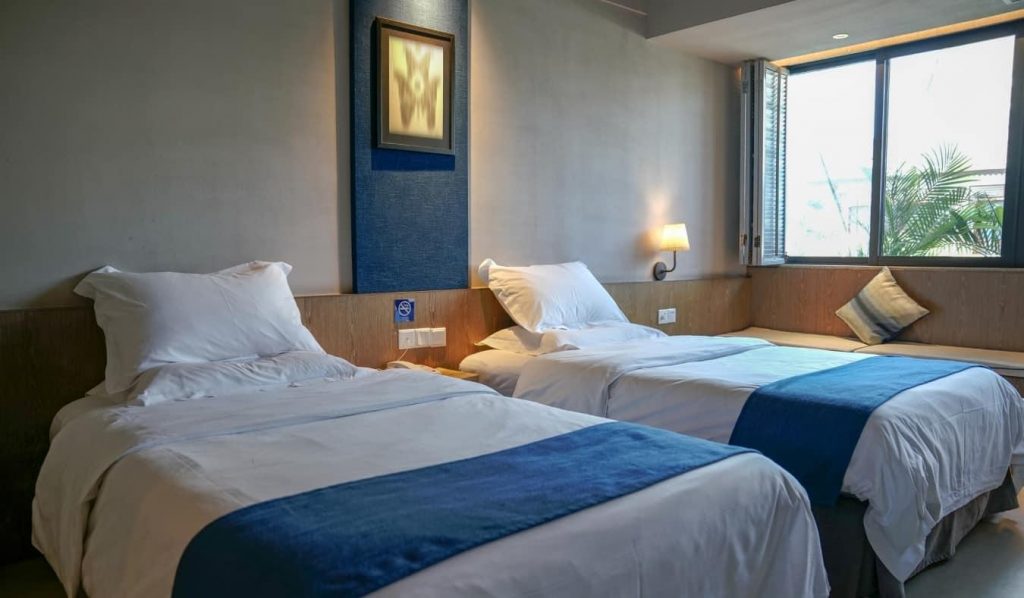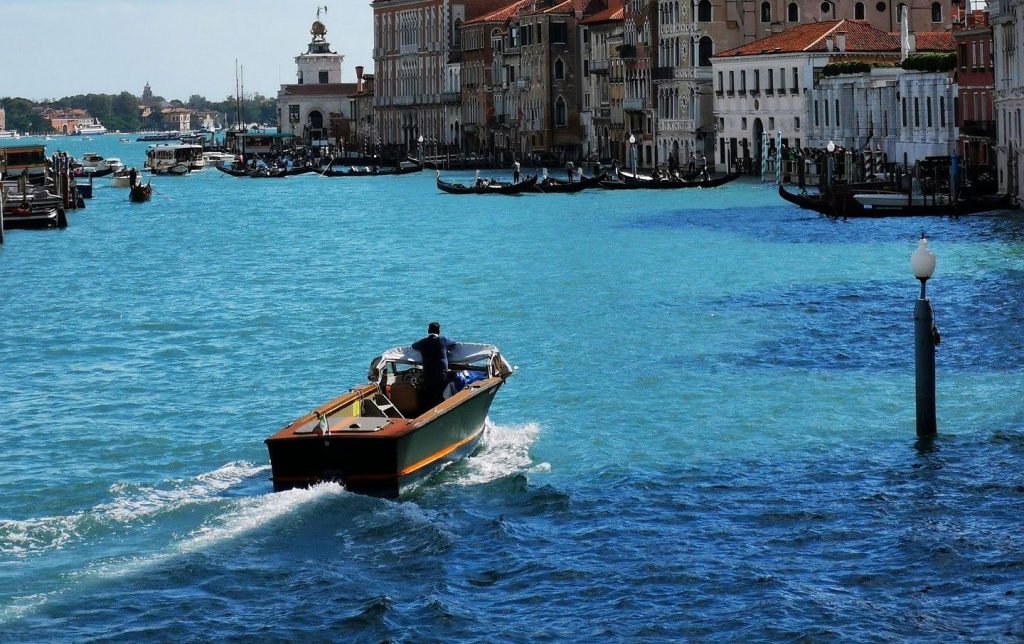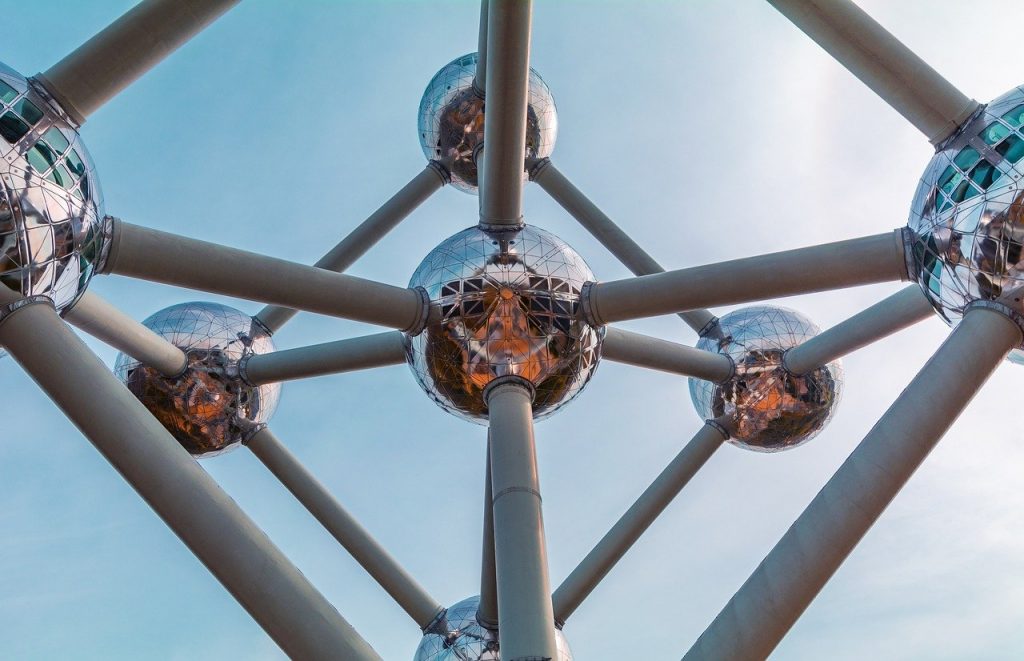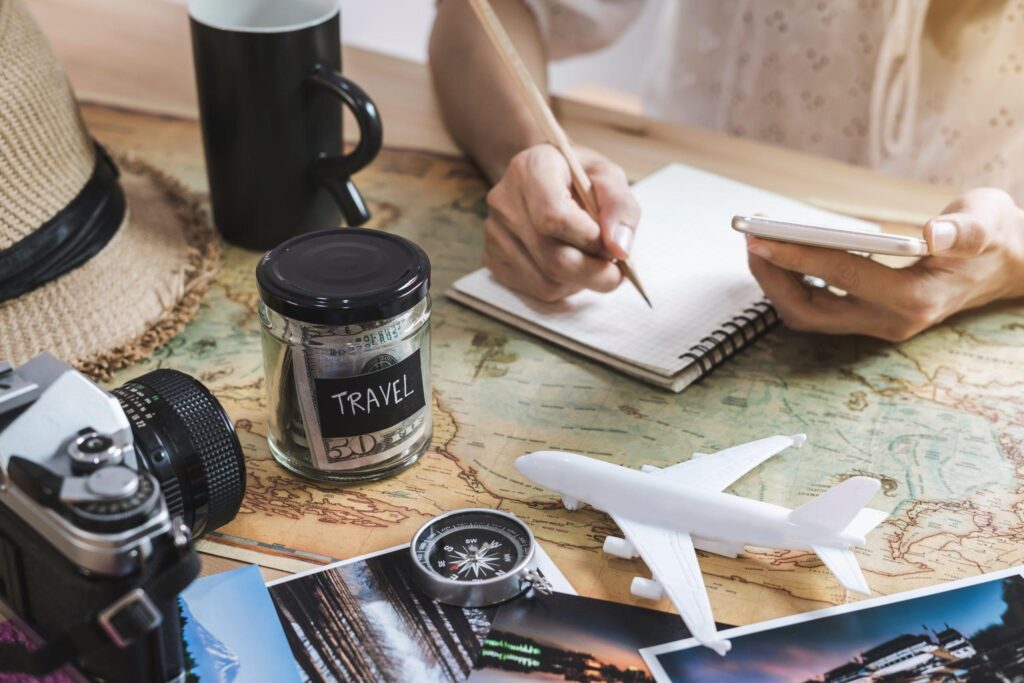Now Reading: Essential Travel Etiquette: What to Know Before You Go
-
01
Essential Travel Etiquette: What to Know Before You Go
Essential Travel Etiquette: What to Know Before You Go

Traveling is one of life’s greatest adventures, offering us the chance to explore new cultures, savor exotic cuisines, and forge connections with people from around the globe. However,amidst the excitement of planning your next getaway,it’s easy to overlook an meaningful aspect of the journey: travel etiquette.Just as every destination has its unique charm, each culture also carries its own set of customs and expectations regarding behavior. Understanding and respecting these nuances not only enhances your travel experience but also fosters goodwill and understanding among diverse communities. In this article, we will delve into the essential travel etiquette that every globetrotter should keep in mind, ensuring that you are well-prepared to navigate the social landscapes of your chosen destinations. So, whether you’re trekking through the bustling streets of a foreign city or relaxing on a tranquil beach, let’s explore the key principles that will help you travel with grace and respect.
Understanding Local Customs and Traditions
When exploring a new destination, immersing yourself in the local customs and traditions can enrich your experience and foster a deeper connection with the culture. Each region has its own unique practices that reflect its history, beliefs, and values. As an example, in certain cultures, dining etiquette is highly revered, influencing everything from how food is served to the manner in which you eat. to ensure you show respect, familiarize yourself with the following customs that might vary from one place to another:
- Greeting Practices: some cultures may prefer a firm handshake, while others might lean towards a bow or a kiss on the cheek.
- Dining Rituals: It might potentially be customary to wait for the host to start eating or to use specific utensils for different dishes.
- Public Behavior: Noise levels and personal space can vary; what might potentially be acceptable in one country could be seen as rude in another.
Additionally,understanding local celebrations and traditions can enhance your travel experience. Engaging with local festivals, rituals, or ceremonies not only provides insight into their identity but also allows for genuine interactions with residents. Here’s a glimpse of some common local customs around the world:
| Country | custom or Tradition |
|---|---|
| Japan | Removing shoes before entering a home. |
| India | Using the right hand for eating and gifting. |
| Brazil | Greeting with a kiss on one cheek. |
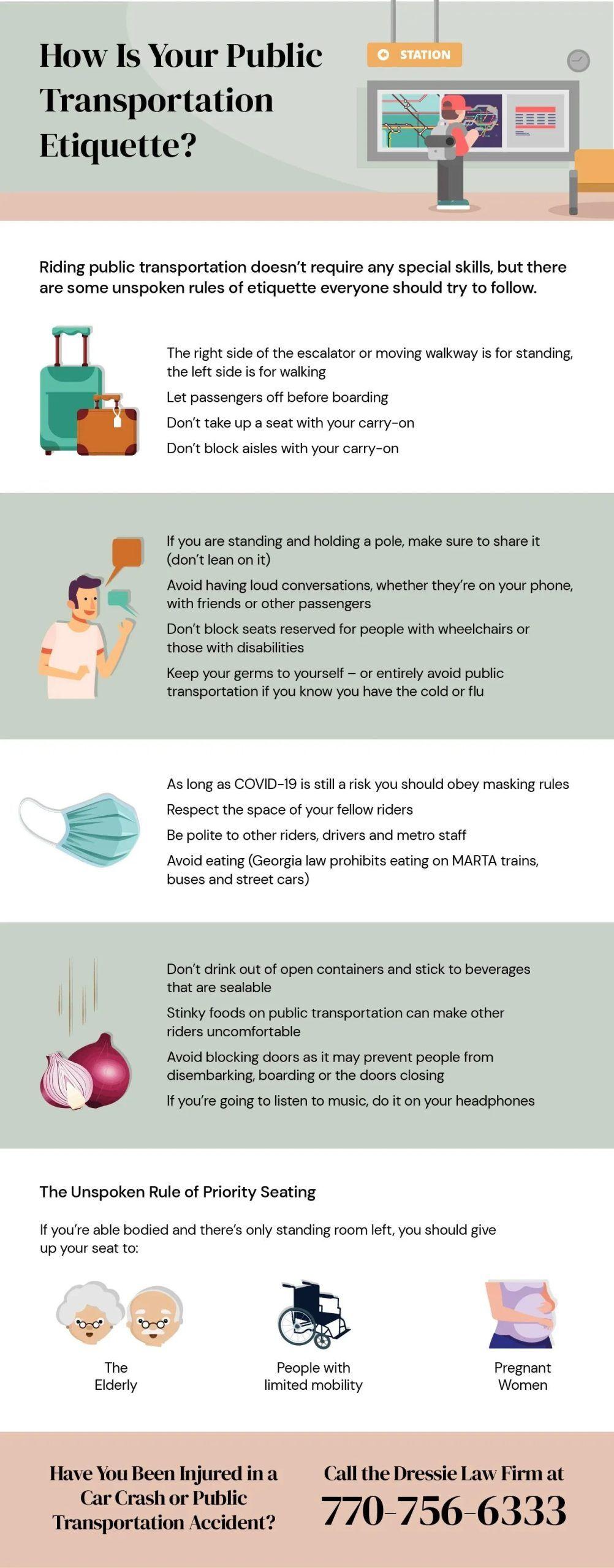
Navigating Transportation with Grace and Consideration
Traveling can be an exhilarating experience, but it also demands a level of courtesy that can significantly enhance the journey for everyone involved. Whether you’re navigating a bustling airport or squeezing into a crowded bus, keeping a few considerations in mind can foster a more pleasant atmosphere. As an example, always give way to those who may need assistance, such as elderly passengers or parents with young children. This simple act of kindness not only demonstrates respect but can also inspire others to follow suit. Additionally, when using public transport, be mindful of your volume and space. A friendly demeanor goes a long way—smiling and making eye contact can transform a mundane commute into a positive interaction.
While traveling, it’s also important to stay aware of the impact of your actions on fellow travelers. Adhering to basic cleanliness policies, like disposing of trash properly and minimizing the use of strong odors (think perfumes or snacks), can create a more pleasant habitat for all. When it comes to seating arrangements, be considerate and share ample space; a little compromise can make the ride much more agreeable. To encapsulate these ideas, here’s a brief overview of essential travel etiquette that serves as a reminder of our shared responsibility:
| Travel Etiquette Tips | Considerations |
|---|---|
| Give up your seat for those in need. | Always check for elderly or disabled travelers. |
| Maintain a low volume. | Keep conversations and devices at a minimum. |
| Be mindful of personal space. | Avoid occupying extra seats with belongings. |
| Dispose of waste responsibly. | Carry snacks without leaving a trace. |

Mastering Dining Etiquette in Diverse Cultures
Understanding dining etiquette is essential for making a positive impression and respecting local customs when you travel. In many cultures, the way you approach a meal can speak volumes about your respect for the host and their traditions. As an example, in Japan, it’s customary to say “Itadakimasu” before you begin eating, showing gratitude for the food. Other cultures, like those in the Middle East, encourage guests to use their right hand for eating, as the left hand is considered impolite. Keeping these nuances in mind can help you enjoy meals without unintentionally offending anyone.
Furthermore, table manners can vary widely across regions, and being aware of these differences can enhance your dining experience. In France, for example, it’s polite to keep your hands visible but not to rest your elbows on the table. Conversely, in certain African cultures, sharing food directly from a communal plate is a sign of unity and friendship. Here’s a speedy comparison of some global dining etiquette tips:
| Culture | Dining Etiquette |
|---|---|
| Japan | Say “Itadakimasu” before eating |
| Middle East | Use your right hand for eating |
| France | keep hands visible, no elbows on the table |
| Africa | Share from a communal plate |

Practicing Respect and Courtesy in Shared Spaces
Traveling frequently enough means sharing spaces—whether it’s in crowded airports, bustling train stations, or busy hotels. Practicing respect and courtesy in these environments can greatly enhance your experience and the experiences of those around you. Here are some simple practices to follow:
- Mind Your Volume: Keep conversations and phone calls at a low volume to avoid disrupting others.
- Be Patient: Whether in lines or on public transport, practice patience and understanding when faced with delays.
- Clean Up After Yourself: Dispose of trash properly and leave communal areas tidy for the next person.
Non-verbal communication also plays a significant role in shared spaces. simple gestures can go a long way in fostering a friendly atmosphere:
- Smile and Make Eye Contact: A friendly smile can break the ice and enhance the communal spirit.
- Be Mindful of Personal space: Respect the personal space of others,especially in crowded places where comfort may be compromised.
- Share Resources: If you’re at a common table or lounge area, consider sharing power outlets or accommodating others if you’re using the last seat.
Future Outlook
As you prepare for your next adventure, remember that travel etiquette is more than just a set of rules—it’s a key to unlocking richer experiences, fostering connections, and ensuring a smooth journey for everyone involved. From respecting local customs to being mindful of shared spaces, the way we conduct ourselves on the road reflects not only our own values but also our respect for the places and people we encounter.By embracing these essential practices, you not only enhance your own travel experience but also contribute to a global culture of understanding and kindness. So, whether you’re navigating bustling cities, serene landscapes, or cozy towns, carry these guidelines in your heart and let them guide your interactions. After all, every trip is not just about the destination, but also the memories made along the way. Safe travels!


